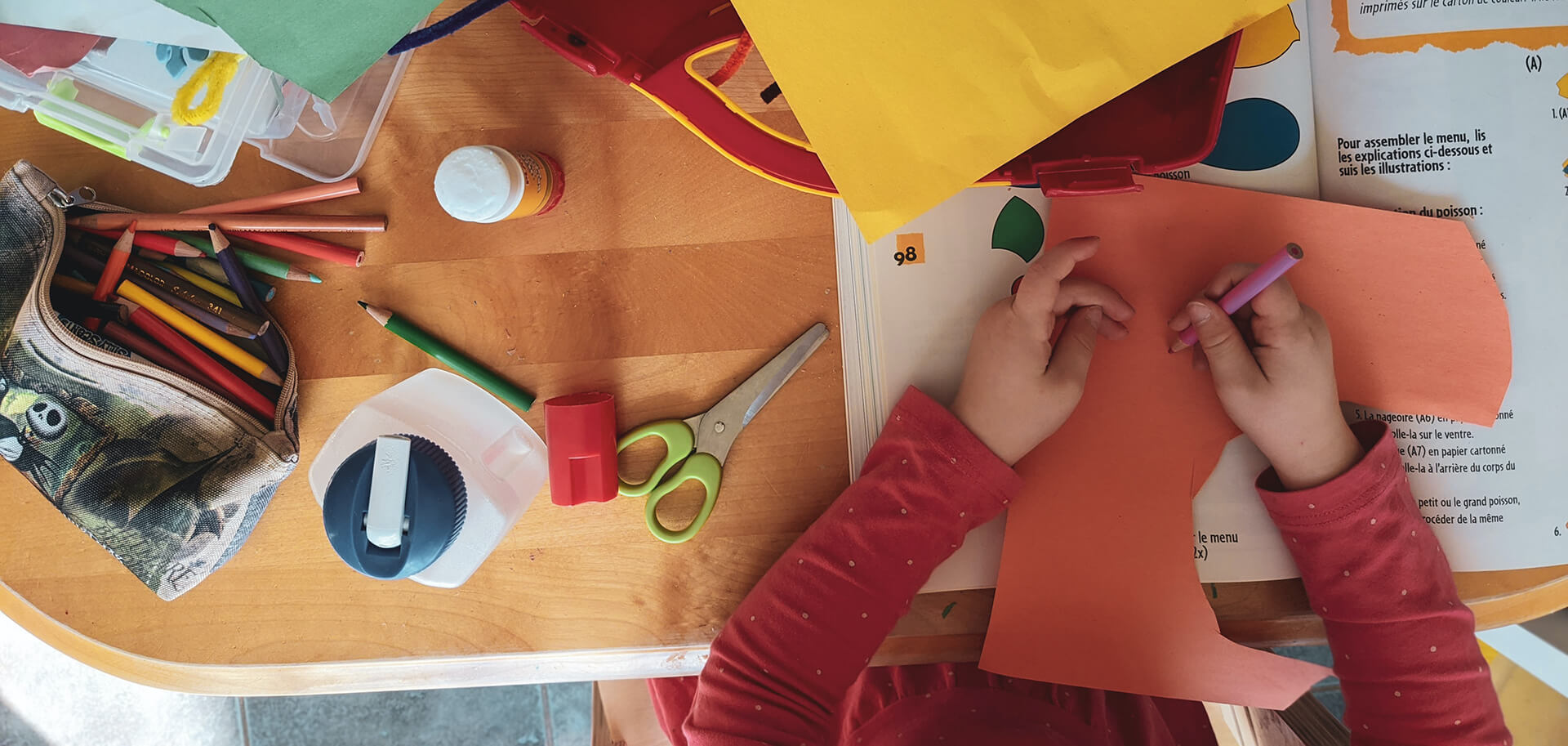
Resource Center
Welcome to the Digital Education Hub Resource Center!
The Digital Education Resource Center is a place for educators, families, and caregivers.
Educators can view exemplar lesson plans and step-by-step video tutorial resources that can be used when leading learning in the classroom, whether virtual or in-person.
Families and caregivers are welcome to view step-by-step video tutorial resources that can support their students in school or during digital education experiences using technology.

SMART Goals Tool
Welcome to Hacking EdTech for Equity! In this video we talk about using SMART Goals tool in school.
View Tutorial
4. Photographing & Sorting STEM Areas in Schools
This lesson aims to cultivate students’ awareness and appreciation of STEM concepts in their everyday lives, fostering critical consciousness and cultural competence.
View Lesson
3. The Rule of Thirds in Photography
Engage students in the captivating world of photography composition with our lesson on the rule of thirds. By exploring visually appealing photographs and drawing on their own experiences, students will learn the significance of the rule of thirds in creating stunning compositions.
View Lesson
2. Designing the Maps of STEM Areas in our School
This lesson continues the processes started in the lesson “Mapping STEM in school”. It engages students in reflecting on their school community and exploring STEM-related areas through the creation of school maps.
View Lesson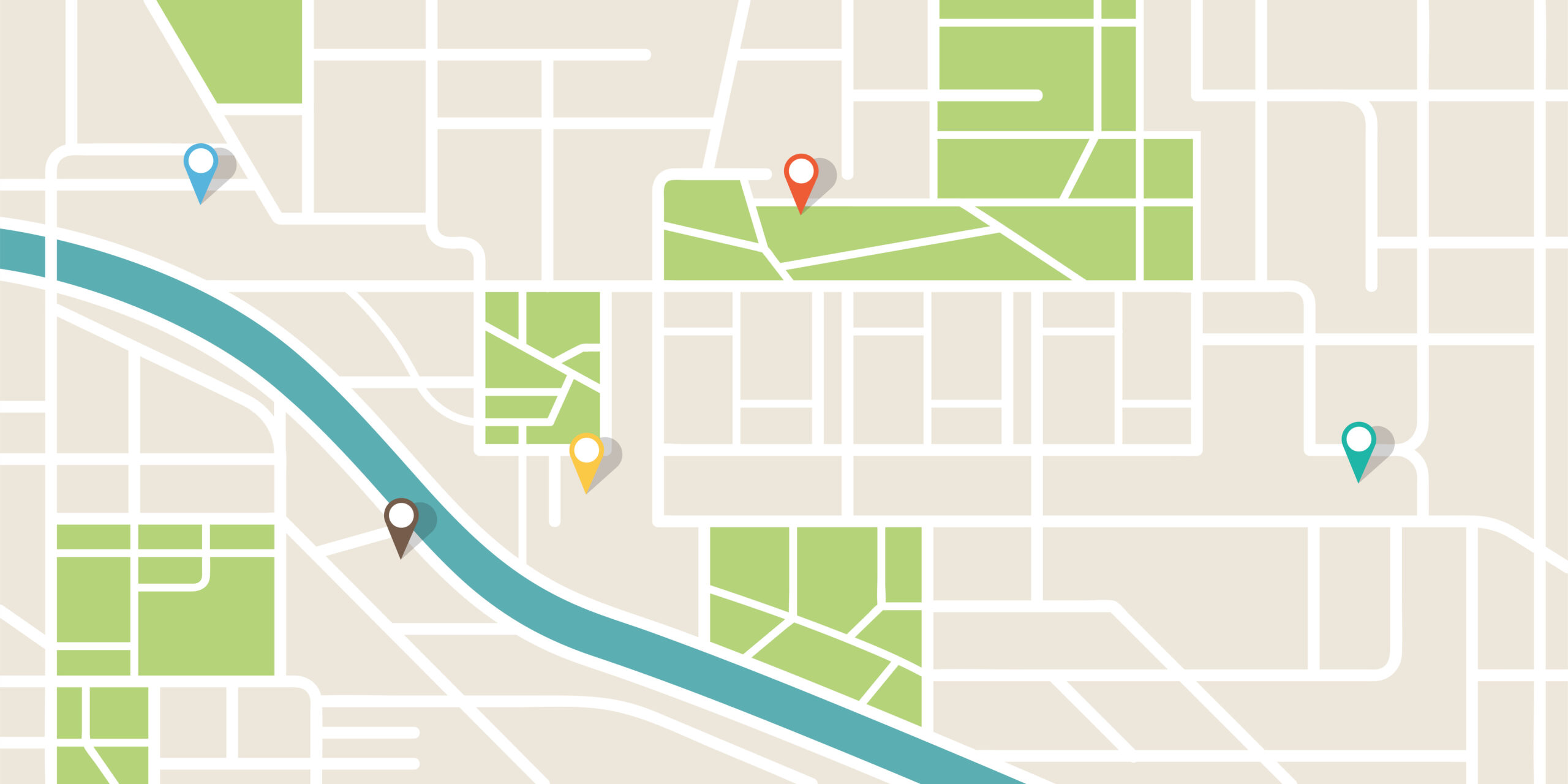
1. Mapping STEM Areas in our School
This lesson engages students in reflecting on their school community and exploring STEM-related areas through the creation of school maps. It can be utilized as a stand-alone activity or as the introductory lesson to showcase STEM places within schools.
View Lesson
Word Choice Matters!
Word Choice Matters is a lesson designed to look at different parts of speech and touch on textual examples of figurative language through translanguage. The lesson goes beyond identifying to asking students to create their own sentences using the text as a structural model.
View Lesson
How Does It Compare?
Is Lebron better than Steph Curry? Are Fords faster than Chevys? Will IU beat Purdue next year? Find out by engaging and creating your own statistical analysis, using measures of center and spread! After all, statistics do not lie.
View Lesson
Wow! Word Choice Matters!
Wow! Word Choice Matters! is a lesson designed to look at nouns and verbs specifically. The lesson goes beyond identifying and asks students to create their own sentences (replacing the nouns and verbs) using a translanguaging text as a structural model.
View Lesson
I Am
Using character traits, students will be able to explore their own personal identity. This lesson will help students make the connection of identifying their traits to later doing character analysis in a story.
View Lesson
What are the Story Stones?
This lesson is designed to look at the elements of a story, specifically; setting, characters, problem, and solution. It allows students the chance to discuss and share with their peers how the big and little parts of a story matter in understanding the story, the world, and ourselves.
View Lesson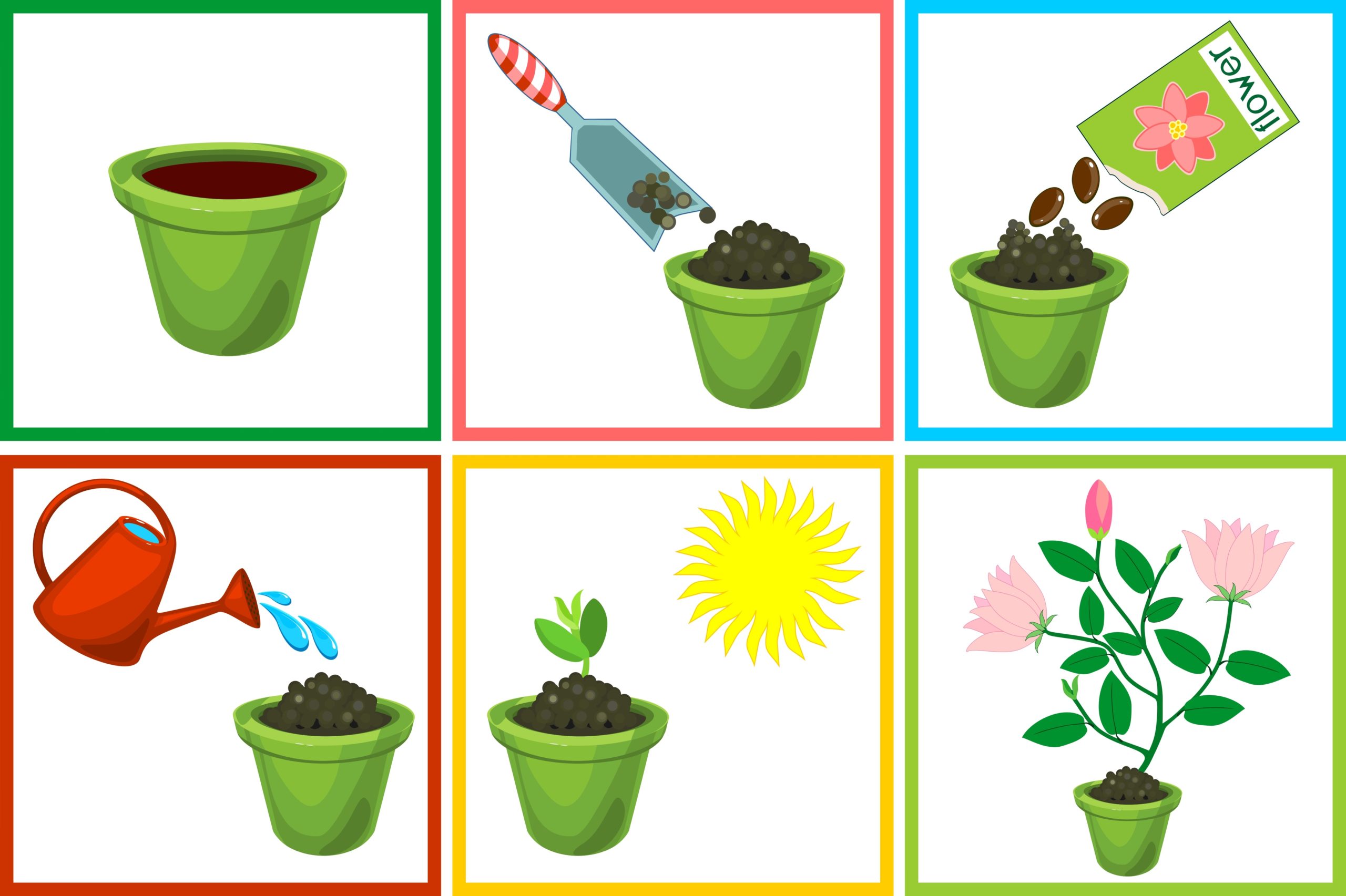
Sequencing Events in a Story
Sequencing events in a story is a lesson designed to look at the beginning, middle, and end events in a story specifically while utilizing story elements, setting, characters, problem and solution. It allows students the chance to move, discuss and share out with their peers.
View Lesson
Statues
This lesson helps young students gain an understanding of places to display art, the Art and History of creating the Statue of Liberty, immerse in Art Appreciation, and engage in Art Making activities throughout 3 modules.
View Lesson
Mortgage, Credit and the Price You Pay: A Mortgage Simulation
Experience one of the most important equations of your life: the mortgage equation! Do you know the price you are paying for your level of credit? Crunch those numbers to find out!
View Lesson
Optimization Week
Welcome to Optimization Week where you will have to solve a real world problem and share with the world why your solution is better than all other possible solutions!
View Lesson
Understanding Point of View in Racial Injustice
Understanding Point of View in Racial Injustice is a lesson designed to look at how situations are discussed from different points of view. The lesson addresses sensitive subject matter and prompts students to identify character traits and summarize the targeted text.
View Lesson
Tell Me How You Feel - Opinion Writing
Tell Me How You Feel: Opinion Writing is a lesson designed to break down paragraph writing into a step-by-step process using the OREO graphic organizer. The lesson provides video examples of each step with teacher checks and a Blooket to start.
View Lesson
Scale It Up!
Scale up your students’ knowledge of dilation and scale factor by having them work through scale drawings!
View Lesson
Perspective
This lesson is designed to prove the difference between what we think we see and what actually exists in the physical world. Students will use a variety of methods and concepts such as foreground, middle ground, and background, spatial illusion, and atmospheric perspective.
View Lesson
Reebop Breeding: Modeling Inheritance and Phenotype Digitally
In this interactive lesson, students will learn about meiosis, fertilization, heredity rules, genotypes, phenotypes, etc. through building marshmallow dragons (or reebops). Through this lesson, they will be able to understand and explain genetic and physical diversity from generation to generation.
View Lesson
Finding Textual Evidence to Build Literary Essays
This lesson will help students learn to identify key pieces in a text, used to support arguments for various types of literary essay foci. The lesson focuses on the Notice and Notes structure to teach students note taking and citation strategies, in order to create a solid thesis/essay after close-reading a text.
View Lesson
A Feast of Proofs: Justifying Triangle Congruence
This lesson will help your scholars deconstruct proof level thinking. By utilizing Delta Math, students can progress from the visual level of thinking about triangle congruence and transform themselves into writing proof like arguments.
View Lesson
Line Segments & Distance
In this lesson, students will learn how to calculate distances in real life situations by using the distance formula and the Pythagorean Theorem. The interactive Nearpod is included in the lesson.
View Lesson
Trigonometric Functions in Right Triangles: An Interactive Nearpod Lesson
This interactive Nearpod lesson will help you teach your students about trigonometric functions in right triangles. To calculate heights of real-life structures, or sides of triangles, they will make use of the Pythagorean Theorem, sine, cosine, tangent, cotangent, secant, and cosecant.
View Lesson
Points, Lines & Planes
In this lesson, students will learn more about points, lines, planes, and intersections by connecting these sometimes intangible Geometry concepts to real world examples. A pre-made Nearpod with assessments is included.
View Lesson
Conver-Stations for Literary Discussion
This lesson will help students discover how to analyze and cite a text through interacting with peers and through finding authentic connections between novels and their own lives. This lesson can be used as a guide to help students analyze any novel or text of the teacher or students’ choosing.
View Lesson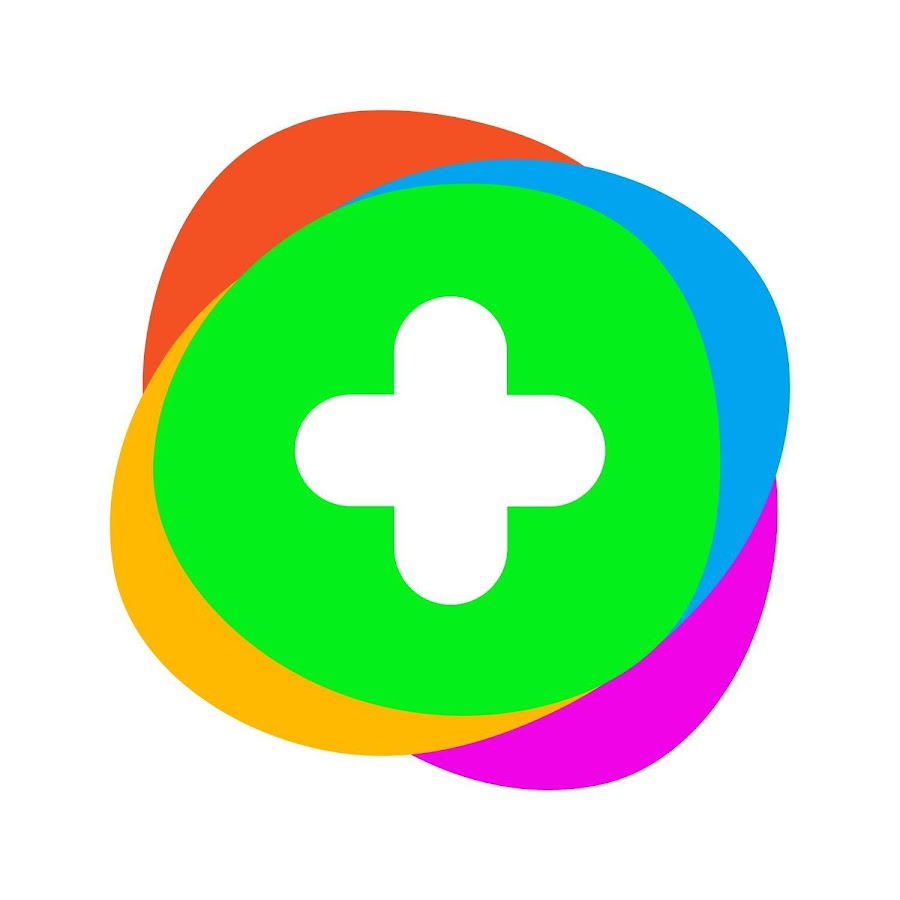
FlipGrid Different Uses
Welcome to Hacking EdTech for Equity! In this video we talk about using FlipGrid in new and different ways!
View Tutorial
FlipGrid Throughlines
Welcome to Hacking EdTech for Equity! In this video we talk about the different ways FlipGrid can benefit student’s learning experience!
View Tutorial
FlipGrid Basics
Welcome to Hacking EdTech for Equity! In this video we talk about how to use FlipGrid and how to introduce it into your classroom!
View Tutorial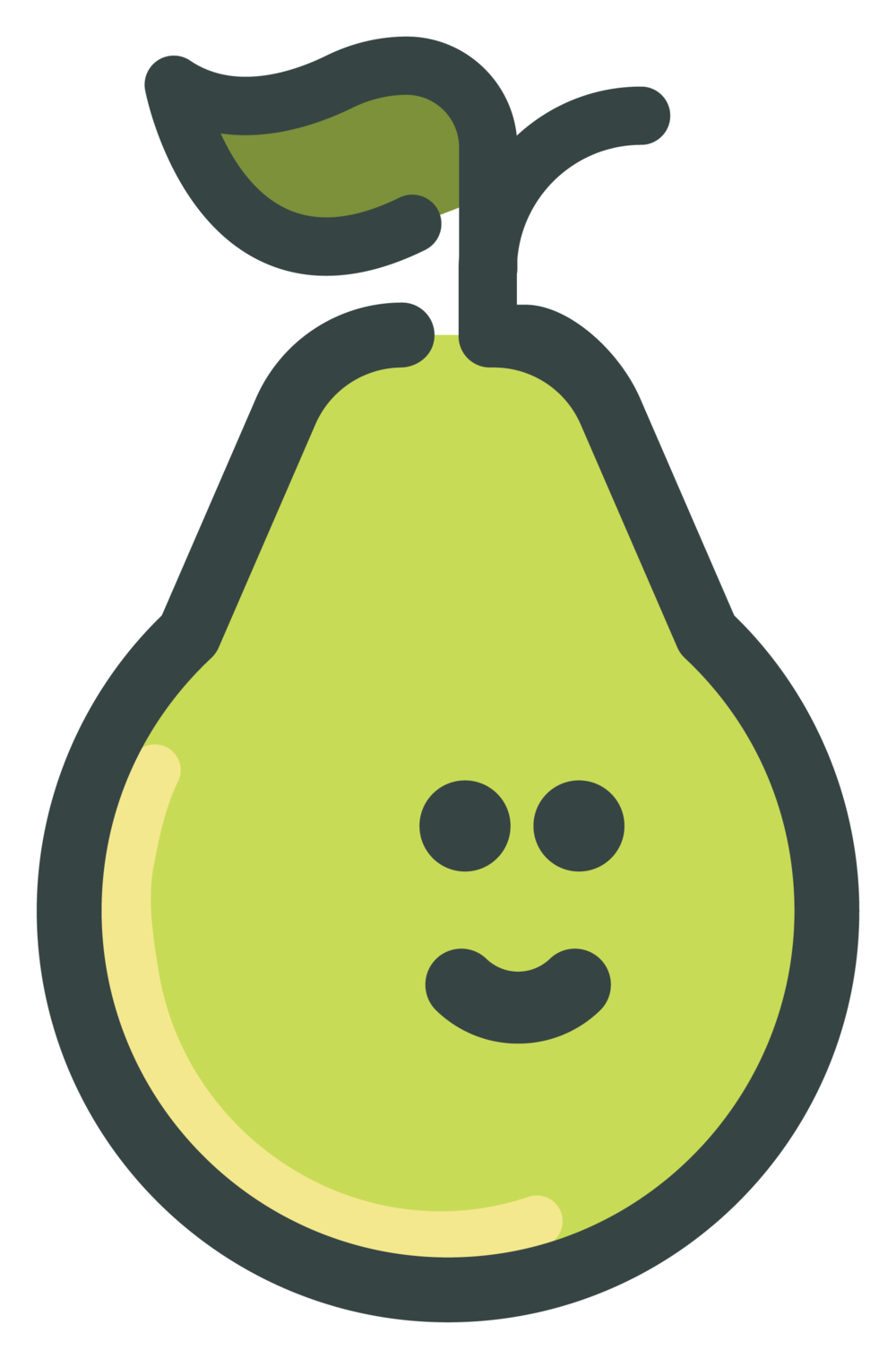
Pear Deck Pro-Tips
We talk a bit more about the surveillance tool Pear Deck has which allows you to see what participants are doing in Pear Deck in real-time. It is important for you to know how to use this feature equitably!
View Tutorial
Pear Deck for Lesson and Projects
Use Pear Deck to push students to think more about issues of equity in the US.
View Tutorial
Pear Deck Basics
Peardeck allows all students to have a voice during any presentation.
View Tutorial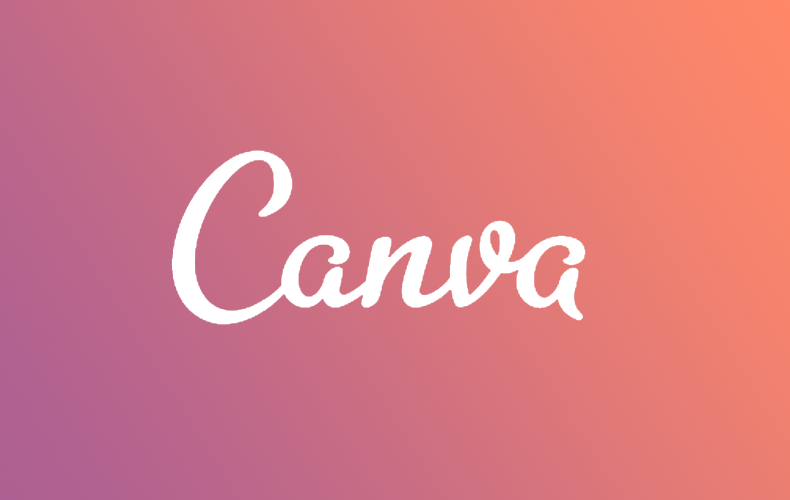
Canva for Student Expression
Step-by-step video tutorial resource for educators using Canva
View Tutorial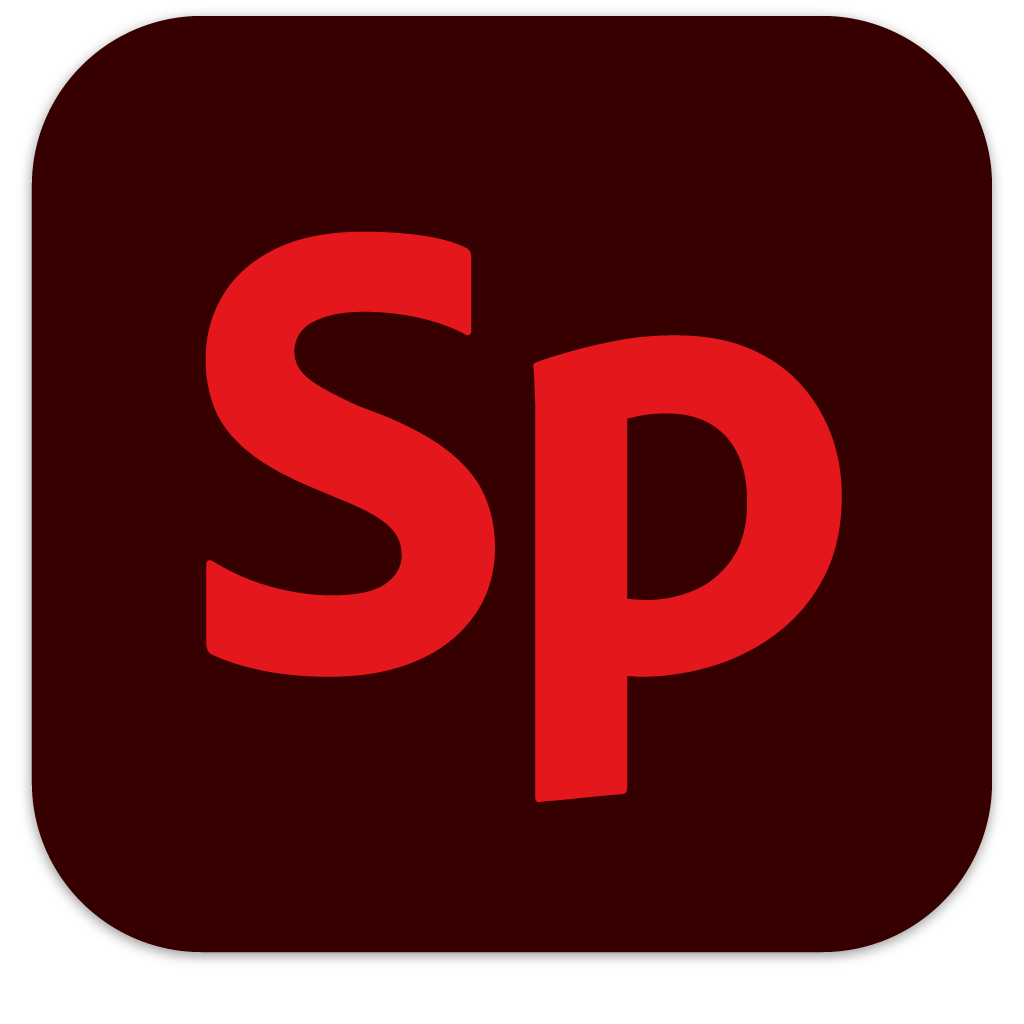
Adobe Spark
step-by-step video tutorial resource for educators in using Adobe Spark
View Tutorial
Canva: Cards
step-by-step video tutorial resource for educators in using Canva when creating cards
View Tutorial
Kim Foglia's Building Macromolecules, Digital Edition
This lesson digitizes Kim Foglia’s beloved “Building Macromolecules” assignment using a self-paced Google slideshow with embedded prompts and instructions that provide important scaffolding to the inquiry. This lesson contextualizes the assignment for students to examine differential food accessibility through a critical lens.
View Lesson
Canva: Overview
Canva is a free graphic design platform that’s great for making invitations, business cards, Instagram posts, and more.
View Tutorial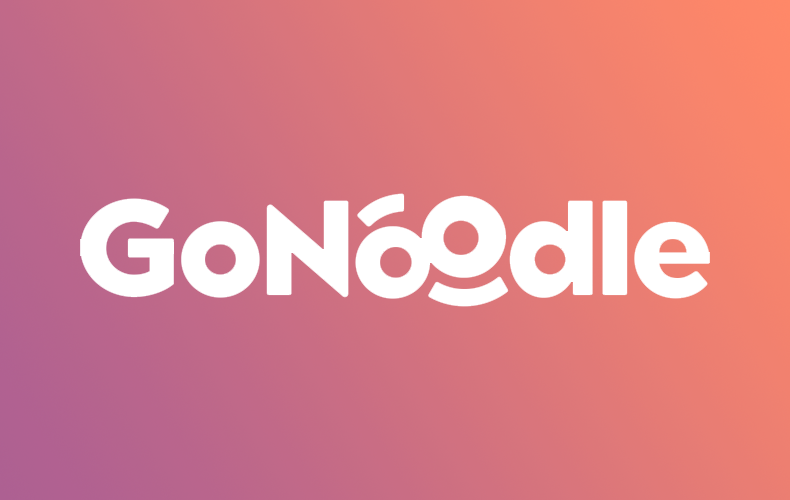
GoNoodle
Step-by-step video tutorial resource for educators in using GoNoodle.
View Tutorial
Quizizz
Step-by-step video tutorial resource for educators in using Quizizz.
View Tutorial
A Meal Remembered
This lesson helps students understand how people are different and similar through the meals they prepare, eat, and who they share meals with.
View Lesson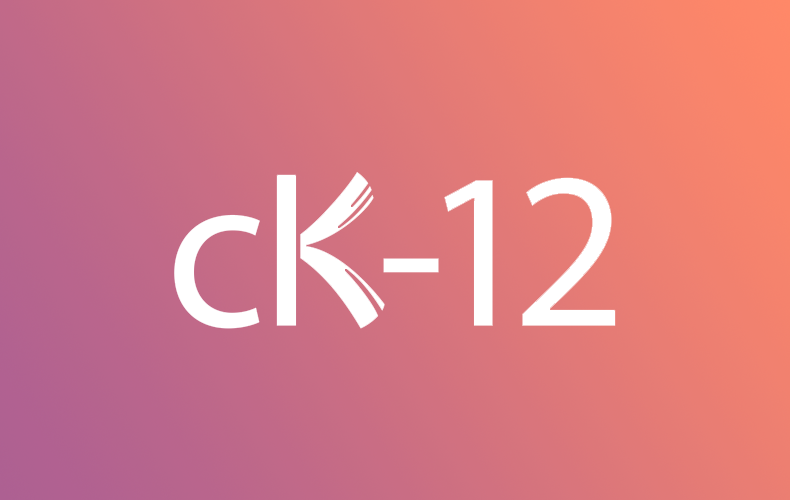
cK-12
step-by-step video tutorial resource for educators in using ck-12
View Tutorial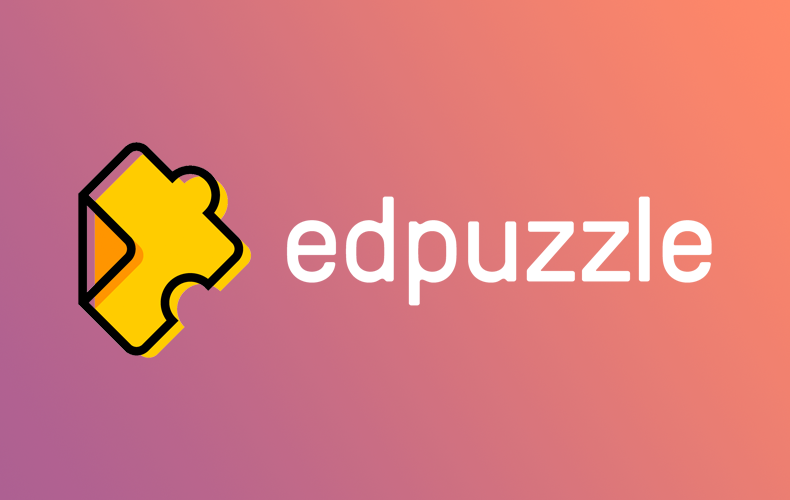
EdPuzzle
step-by-step video tutorial resource for educators in using EdPuzzle
View Tutorial
Hypothes.is
Step-by-step video tutorial resource for educators in using Hypothes.is
View Tutorial
Stories as Mirrors & Windows: Cultural Positionality
The lesson helps students understand not only what culture is and how beliefs, customs, traditions, rituals, and ways of knowing are different and similar to their own culture; additionally it will help students understand that these aspects of culture are sometimes used to unite and divide groups of people. This lesson increases students’ awareness of their own cultural positionality, which affects their perspectives of the world.
View Lesson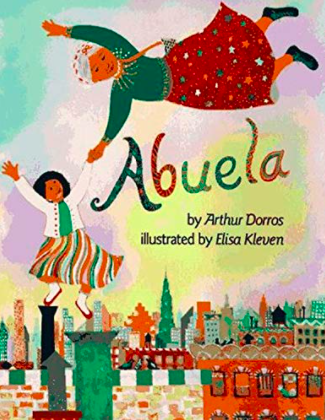
Book Module for Abuela by Arthur Dorros
The Abuela Book Module is a bilingual guided and interactive read aloud activity paired with potential inquiries around human enhancement & limitations, immigration, human rights, multiculturalism and multilingualism.
View Resource